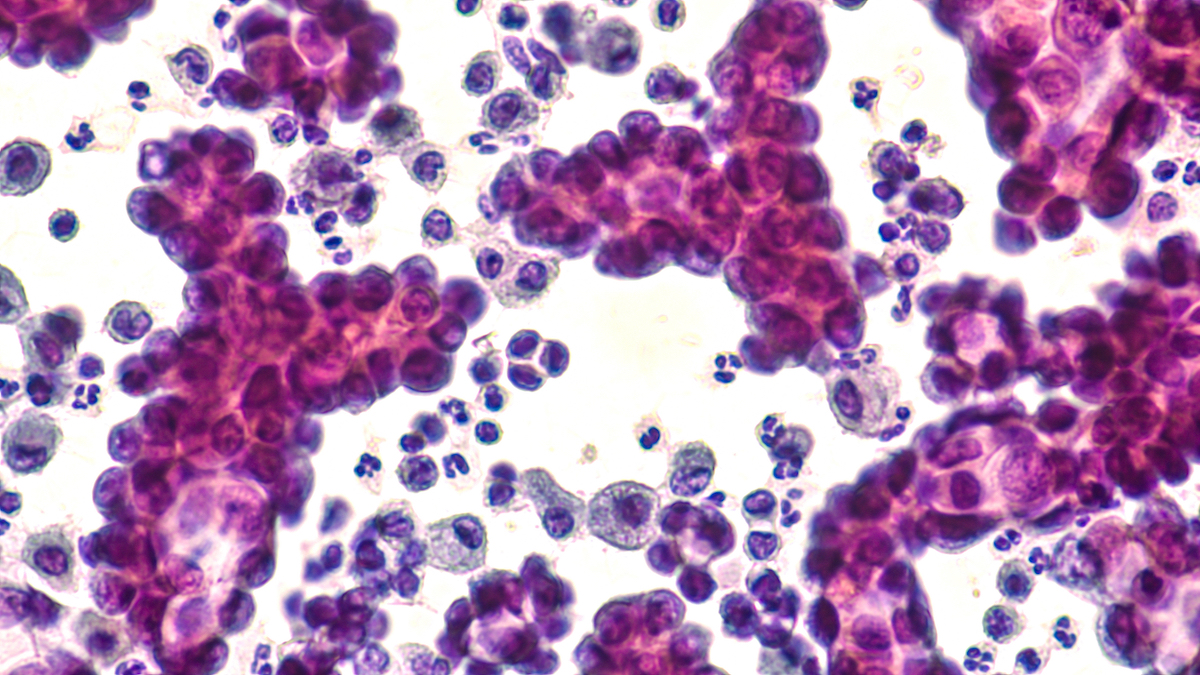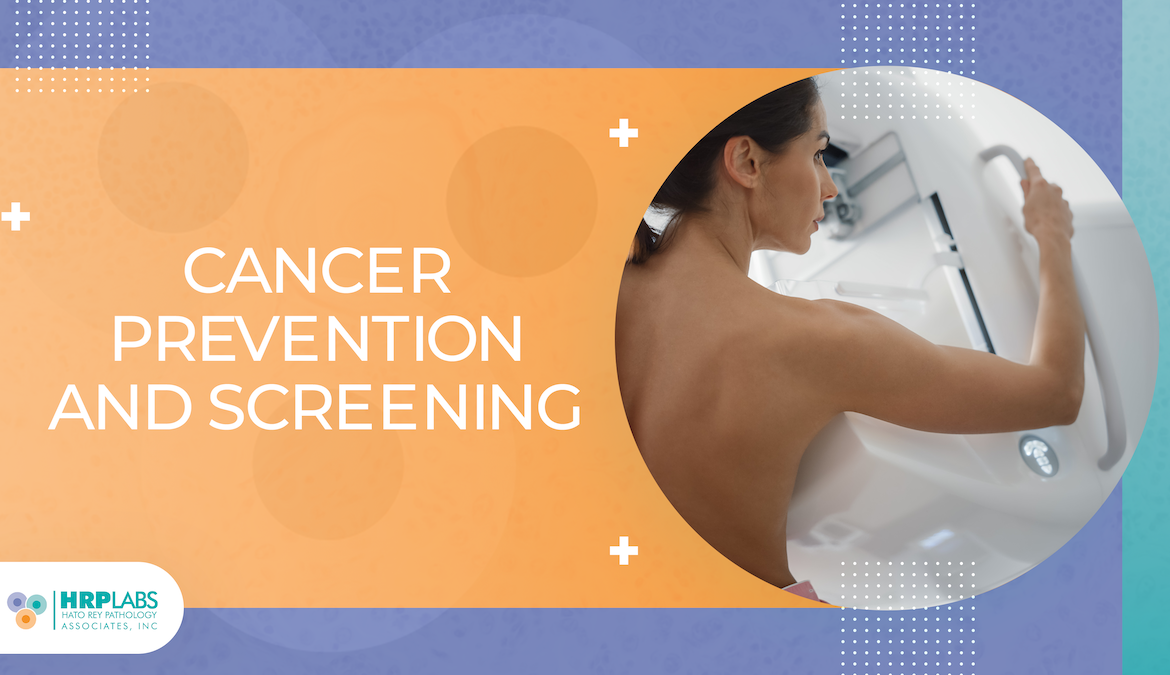
This month is recognized as Cancer Prevention and Control Month, during which HRP Labs will be joining the various groups that support this initiative, as part of our commitment to provide safety through accurate and precise diagnoses. But beyond that, prevention begins with information. For this reason, in this article we answer some questions about the prevention, detection, and control of cancer.
What are prevention or screening tests?
Simply put, prevention or screening tests are physical examinations through which your doctor, in conjunction with clinical and pathology laboratories, helps you detect if there are signs of cancer in your body. Although much remains to be discovered about the different types of cancer and their prevention methods, we know that detecting cancer early is extremely important. The Center for Disease Control and Prevention (CDC) and the United States Preventive Services Task Force (USPSTF) are the most important and well-recognized groups when it comes to the creation of screening protocols according to the patient’s age, including when said patient is in peak physical form.
Some of the types of cancer that are easily detected through screening tests are breast cancer, cervical cancer, and colorectal cancer.
Though there are many variables regarding a patient’s health that ultimately affect the screening protocol, they generally follow the following time frames:
- Breasts: Mammography beginning at 40 years’ old
- Cervix: Pap smears beginning at 25 years’ old
- Colon: Colonoscopies beginning at 45 years’ old
The role of pathology in cancer prevention and control
Once some probability of a tumor is discovered, it must be confirmed whether it is benign (not cancerous) or malignant (cancerous). This usually involves getting a biopsy done. A biopsy is a procedure in which a sample of tissue is removed from the affected area, which will then be examined by a pathologist. Since pathologists specialize in analyzing cells, tissue, and organs to diagnose diseases, they are responsible for determining if that tissue is cancerous, what type of cancer it is, and its level of severity. A pathologist can also lead additional study strategies that provide information to the treating physician about which drugs or treatments are optimal for the best result (Target Based Medicine).

As we mentioned previously, there are many types of cancer and not all of them have known prevention tests such as mammographies. For most, a biopsy is the only certain way to receive a diagnosis.
Types of biopsy:
- Incisional biopsy, in which a small sample of tissue is removed
- Excisional biopsy, in which an entire piece of the suspicious area is removed
- Fine Needle biopsy, in which a sample of tissue or fluid is removed with a fine needle
Biopsies can also be image-guided. In these, an interventional radiologist uses techniques such as ultrasound, CT scans, or MRI to better guide the biopsy. Fine needle biopsies being guided by ultrasound is an example of this.
Knowledge and prevention can help lessen the number of cancer deaths per year. Remember to take care of your health, and get screened regularly.
At HRP Labs we work on each test with precision and excellence, to ensure an accurate diagnosis. For appointments and information, call (787) 723-2333. Email: customerservice2@hrplabs.com.

